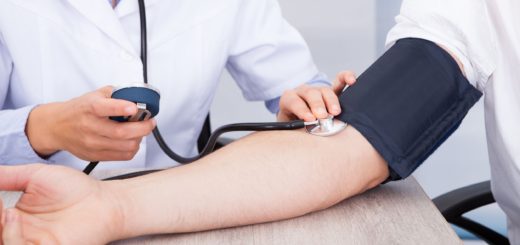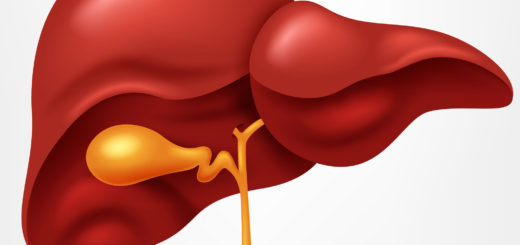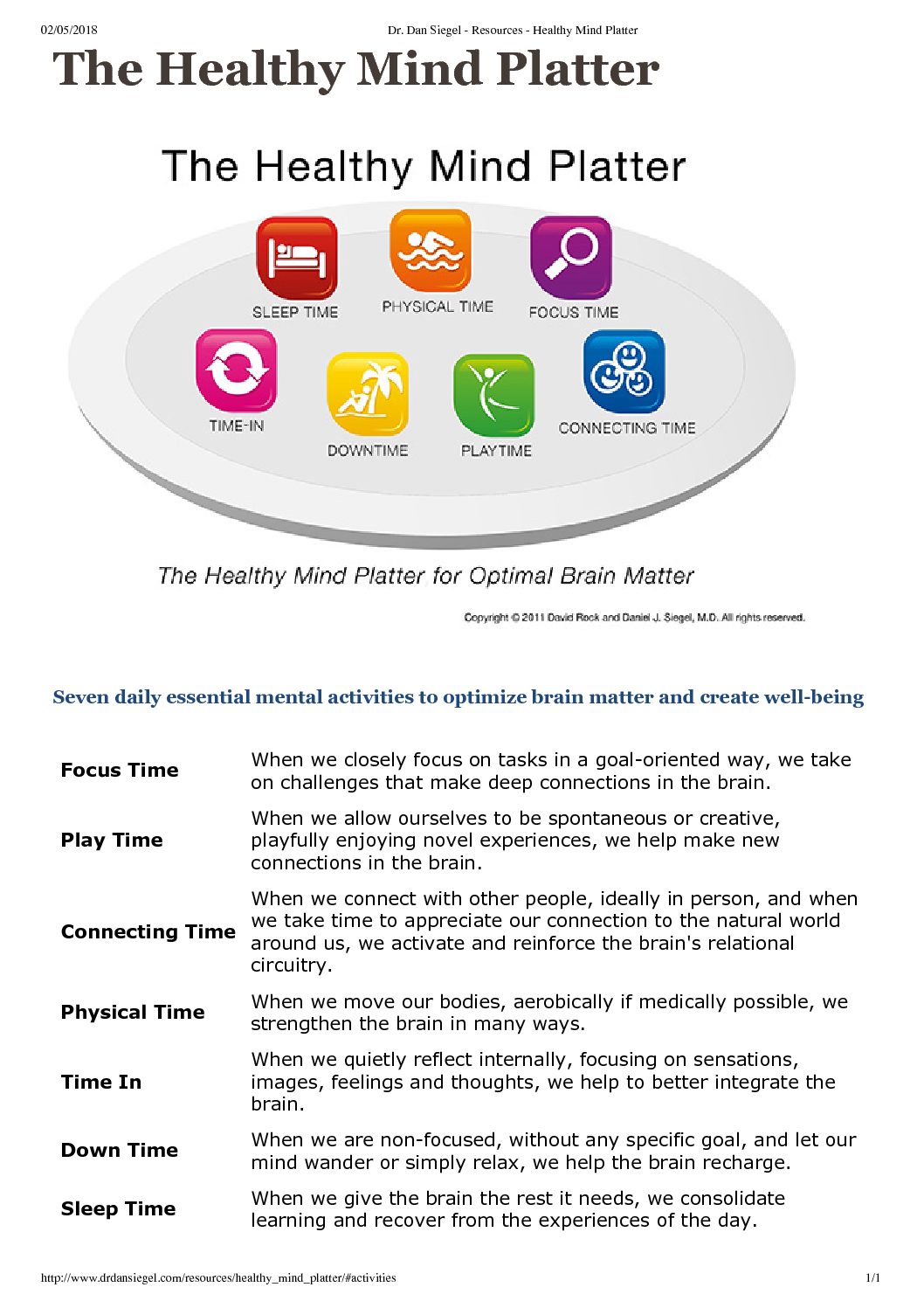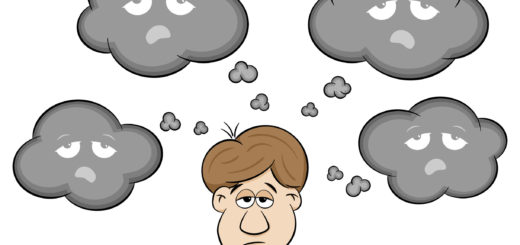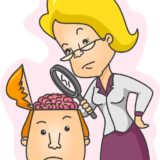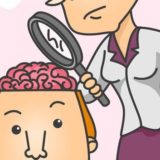Tennis Elbow
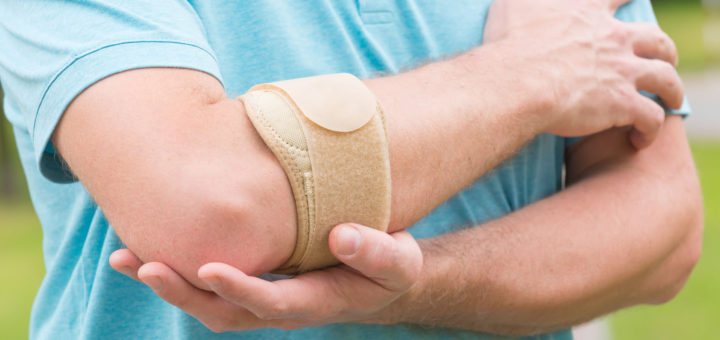
What is tennis elbow?
Tennis elbow (lateral epicondylitis) is a painful condition involving the outer aspect of the elbow. It most commonly affects those in their mid-30s to 50s and it’s not just from tennis! Any sort of repetitive activity that involves forcefully extending the wrist backwards or forcefully rotating the hand so that the palm is turned upwards (supination) can cause tennis elbow. Examples of these activities might include using a screwdriver, picking up bricks, wiping windows and mirrors and of course an incorrect backhand where a lot of wrist action is used. Doing more of such an activity than you’re used to is a typical trigger for tennis elbow.
What causes tennis elbow?
Forearm muscles that control the above hand movements (wrist extension and supination) are attached to the elbow at a common location. This site is known to have a poor blood supply and often degenerates with age. Repetitive overuse of these muscles can then result in pain. Degenerative conditions associated with overuse can affect other areas of the body such as the shoulder (bursitis and rotator cuff problems) and heel (plantar fasciitis).
A similar but opposite condition can also affect the inside aspect of the elbow, known as ‘golfer’s elbow’ which is less common.
It’s important to note that there are other causes of elbow pain such as problems with the joint, other ligaments or tendons and even pain referred from other locations, such as the neck.
What is the best treatment for tennis elbow?
Most cases of tennis elbow tend to improve with time and rest even without treatment but it can take up to one year.
Avoiding activities that cause pain helps speed up recovery.
Various devices are available to assist with recovery, which are relatively cheap and readily available from pharmacies. The most common device is a Velcro strap that wraps around the upper part of the forearm just below the elbow to relieve the pressure on the common muscle insertion. The strap should be worn all day and made tighter for activities that may exacerbate the condition.
Stretching the extensor muscles by forcefully flexing your wrist with the arm straight for 1-2 minutes at a time is thought to be helpful.
Physiotherapists such as local, David Wadsworth are experts at assessing and diagnosing elbow pain. David advises that treatment should be specifically targeted to the cause of the pain and rehabilitative exercises are best tailored to the individual.
Topical anti-inflammatory creams and oral anti-inflammatory medicines can also give temporary relief. Check with your doctor if these are suitable options for you. Anti-inflammatory medication should be avoided if you suffer stomach problems such as ulcers, have high blood pressure, kidney problems or asthma. They are used with caution in over 50’s due to an increased risk of stroke and heart disease.
Steroid injections into the inflamed tendons can provide temporary relief, but research suggests in the long-term (one year) they make the condition worse.
Evidence for more experimental treatments is still lacking. Consideration could be given to injection of blood products such as platelet rich plasma (PRP) but more research is required. The use of ultrasound shock wave treatment (ESWL) and laser do not seem encouraging at present.
Local upper limb surgeon Dr Prit Bansi says surgery should be left as a last resort. Outcomes are not predictable and recovery times are prolonged with rest and rehabilitation required for three to four months.
See your GP or physiotherapist with any further concerns about elbow pain.


